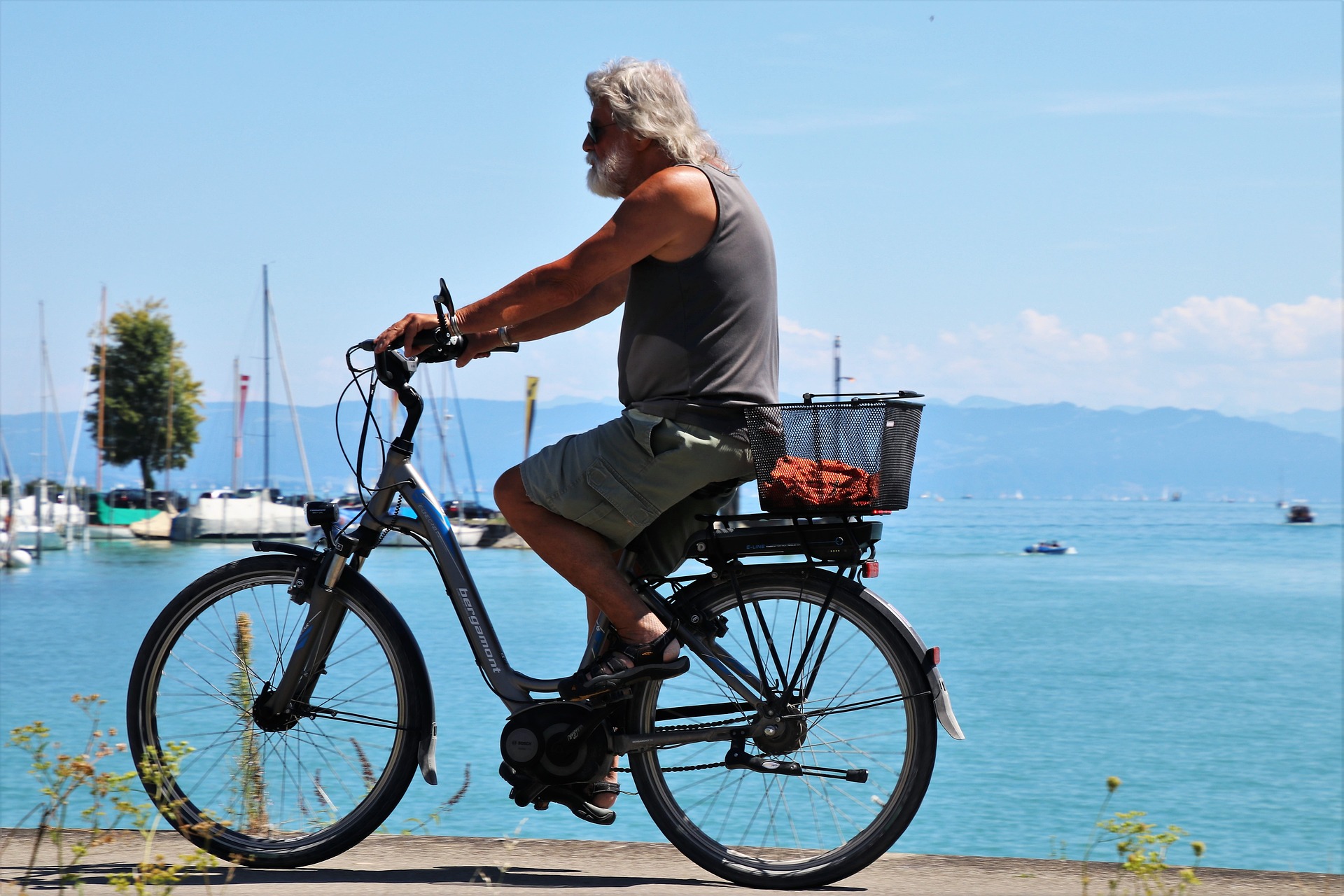According to a British study, mobility by electric bike contributes to regular physical activity, to the benefit of health.
Regular exercise, whether it’s walking or cycling, is a simple way to stay healthy. Staying active therefore includes the electric bike, since you always have to pedal to get from point A to point B. But is it effortless and negligible? No, according to a British study.
The sports department of the British Medical Journal (BMJ) followed nearly 1,800 cyclists in Germany: two-thirds on electric bikes, the other on mechanical bikes. The objective of the researchers was to raise the heart rate between these two types of mobility, for four weeks.
Less effort, but effort nonetheless
The result is not surprising, with more ‘mechanical’ cyclists reaching over 150 beats per minute than ‘electric’ cyclists. However, the latter are still more than 22%, against 35% for the others. It should be noted that the average time recorded on the handlebars of an e-bike is much lower than that of a muscle bike: around 90 minutes per week, compared to 160.
But in the end, e-bike users also make physical efforts. The raw difference in heart rate is only 8 beats per minute (111 versus 119), and 5 beats relative to the population of each group. Logically, the study concludes that pedelecs “are associated with a lower likelihood of reaching the WHO moderate and vigorous physical activity goal, due to lower durations and lower cardiovascular efforts while driving”.
Nevertheless, BMJ researchers certify that electrically assisted bicycles “facilitate active mobility, particularly in older people and those with medical predispositions.” The electric bike thus remains good for health, which has already been proven by other previous studies. One of the many reasons to switch to the VAE!

